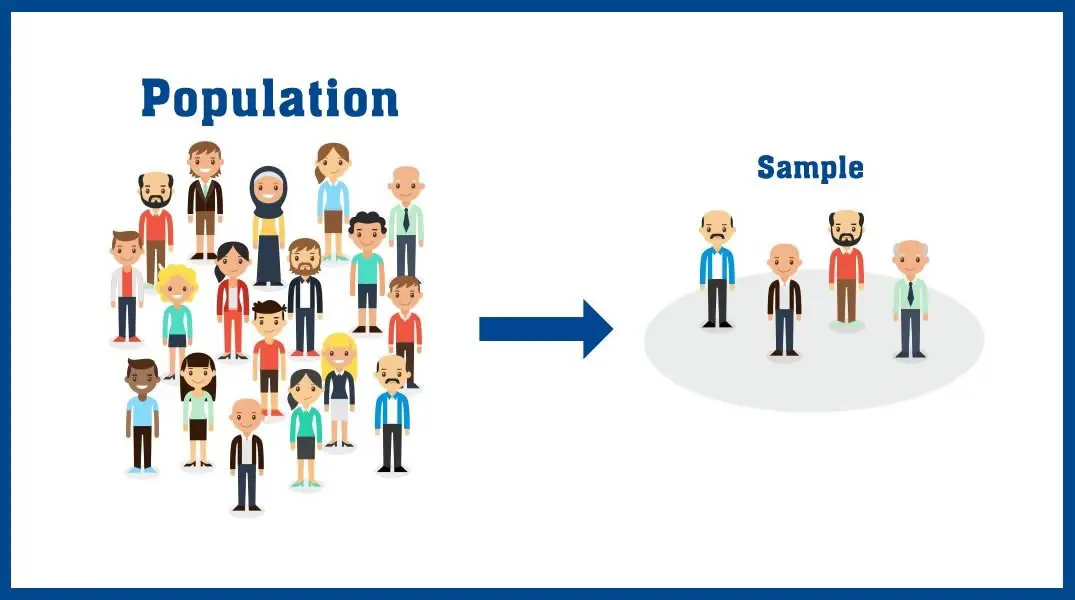Enumerative induction is an inductive inference involving generalizations based on a finite number of specific observations. It is a standard method used in scientific research and can help test hypotheses and make predictions.
Enumerative induction is essential for inductive inference because it allows researchers and data scientists to draw general conclusions about a population based on a limited sample size. This is especially useful when working with large datasets, where collecting data on an entire population may be challenging and impractical.
However, it is important to remember that just because a conclusion can be drawn from a limited sample size does not necessarily mean it is accurate or representative of the larger population.
The process of enumerative induction typically involves the following steps:
- Observation of specific cases or instances
- Identification of patterns or similarities among these cases
- Formulation of a hypothesis or generalization
- Testing of the hypothesis through further observation or experimentation
- Revision or refinement of the hypothesis based on the results
Examples of Enumerative Induction
Enumerative induction can be applied in different fields. Here are a few examples.
1. Biology
A keen observer may study different bird groups to gain insight into their behavior. Through careful observation and analysis, patterns may emerge that suggest certain habits or tendencies among the birds. For example, a biologist may notice that a particular group of birds engages in specific behaviors during mating season, such as intricate dances or elaborate displays of feathers. These observations can lead to hypotheses about the birds’ mating habits and other aspects of their behavior. By testing these hypotheses through further study and experimentation, scientists can better understand how these fascinating creatures interact with one another and their environment.
2. Psychology
Some professionals primarily focus on understanding the complexities of human behavior and mental processes. One such area of specialization involves the study of specific phobias, which are intense and irrational fears that can significantly disrupt a person’s daily life. To gain a better understanding of these phobias, psychologists often conduct research studies on small groups of individuals who suffer from them. Through careful observation and analysis, these psychologists can conclude the underlying causes of these phobias, which may include genetic predispositions, traumatic experiences, or learned behaviors. By shedding light on these underlying factors, psychologists can develop more effective treatments for those struggling with specific phobias and improve their overall quality of life.
3. Engineering
In engineering, testing new materials on a small scale before implementing them in larger applications is standard practice. This process allows engineers to determine the potential usefulness of the material and make any necessary adjustments or improvements before moving forward with a larger project. By conducting thorough testing and analysis, engineers can ensure that the material will perform as expected and meet the required specifications for its intended use. This approach helps save time and resources and ensures that the final product is safe, reliable, and effective.
4. Climatology
A climatologist studies and analyzes weather patterns over an extended period, typically several years. By examining these patterns, they can identify trends and patterns that may provide insight into future climate changes. This involves analyzing temperature, precipitation, wind patterns, and other meteorological factors to determine how they change over time. With this information, climatologists can predict future climate conditions and the potential impact these changes may have on the environment and human populations.
5. Archaeology
The archaeology profession involves the meticulous study and analysis of artifacts created during a particular period in history. This process allows experts in the field to gain insight into the culture, customs, and societal norms of those who lived during that time. Archaeologists can conclude everything from religious beliefs to economic systems by examining these objects. They can piece together a more comprehensive understanding of our collective human history through their work.
6. Statistics
A statistician utilizes various sampling techniques to analyze and estimate the characteristics of an entire population based on data obtained from only a portion of that population. This approach enables them to infer important information about the whole group, even when collecting data from every individual is not feasible. By carefully selecting representative samples and applying statistical methods, they can make accurate predictions about various aspects of the population, such as demographics, trends, behaviors, and preferences.
7. Medical Research
A medical researcher is engaged in a comprehensive investigation of the effectiveness of a particular treatment option by analyzing patient outcomes. The aim is to evaluate whether this treatment option can be recommended for larger groups of individuals with similar conditions. Through rigorous analysis and evaluation, the researcher hopes to provide valuable insights into this treatment method’s potential benefits and drawbacks, including its impact on patients’ overall health and well-being. This research will serve as a vital resource for healthcare practitioners and other professionals seeking evidence-based guidance on treating patients with similar conditions best.
Conclusion
Enumerative induction remains vital for generating hypotheses and testing theories in various fields. It allows researchers and data scientists to draw general conclusions about a population based on a limited sample size.

